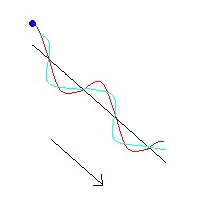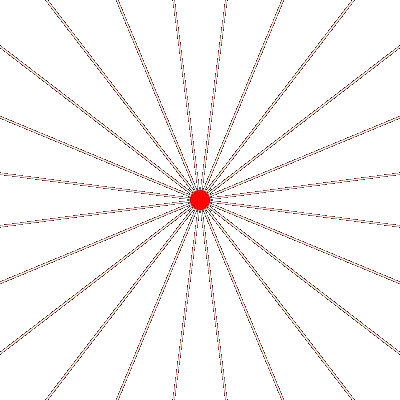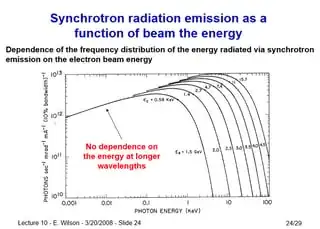Macroscopically, electromagnetic waves are produced by a changing dipole or an oscillating charged particle as shown below:
In this case, the frequency of the electromagnetic radiation is equal to the frequency of oscillation.
However, we also know that electromagnetic radiation is produced by simply accelerating a charged particle like below:
I have a few questions:
- What frequency will the radiation of the second animation be? For simplicity, lets say it undergoes the exact same acceleration that the charge in the first animation does from t=0 to t=T/4, but then abruptly stops accelerating (so essentially its just the first quarter of a sinusoid acceleration).
- If a charged particle is then hit by the radiation emitted by the second animation, would it just feel a force in a single direction, rather than an oscillatory force?
- In terms of the actual photons, it would seem the first animation emits only photons with the same frequency as the particle's oscillation. What about the second animation? As far as the particle knows for t=0 to t=T/4 it is under the exact same acceleration as the first animation, so would it would emit the exact same photons for that period?



